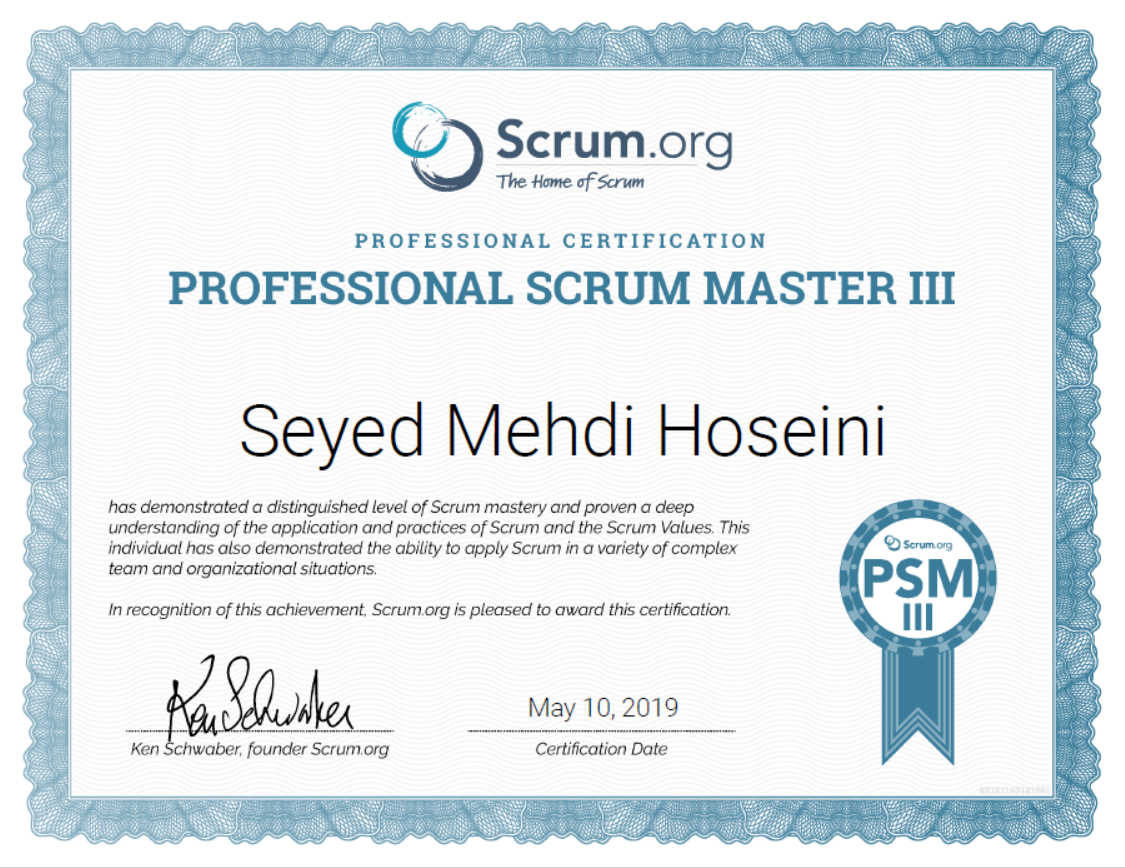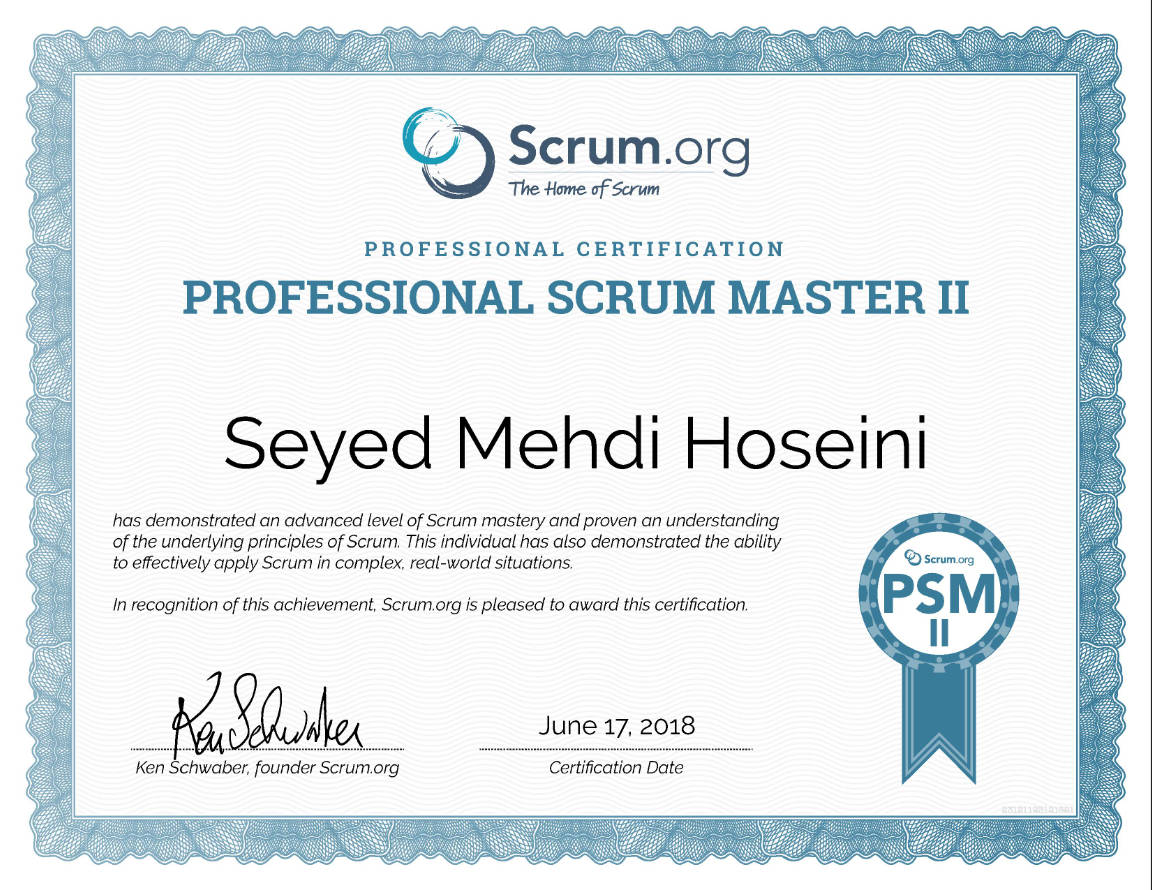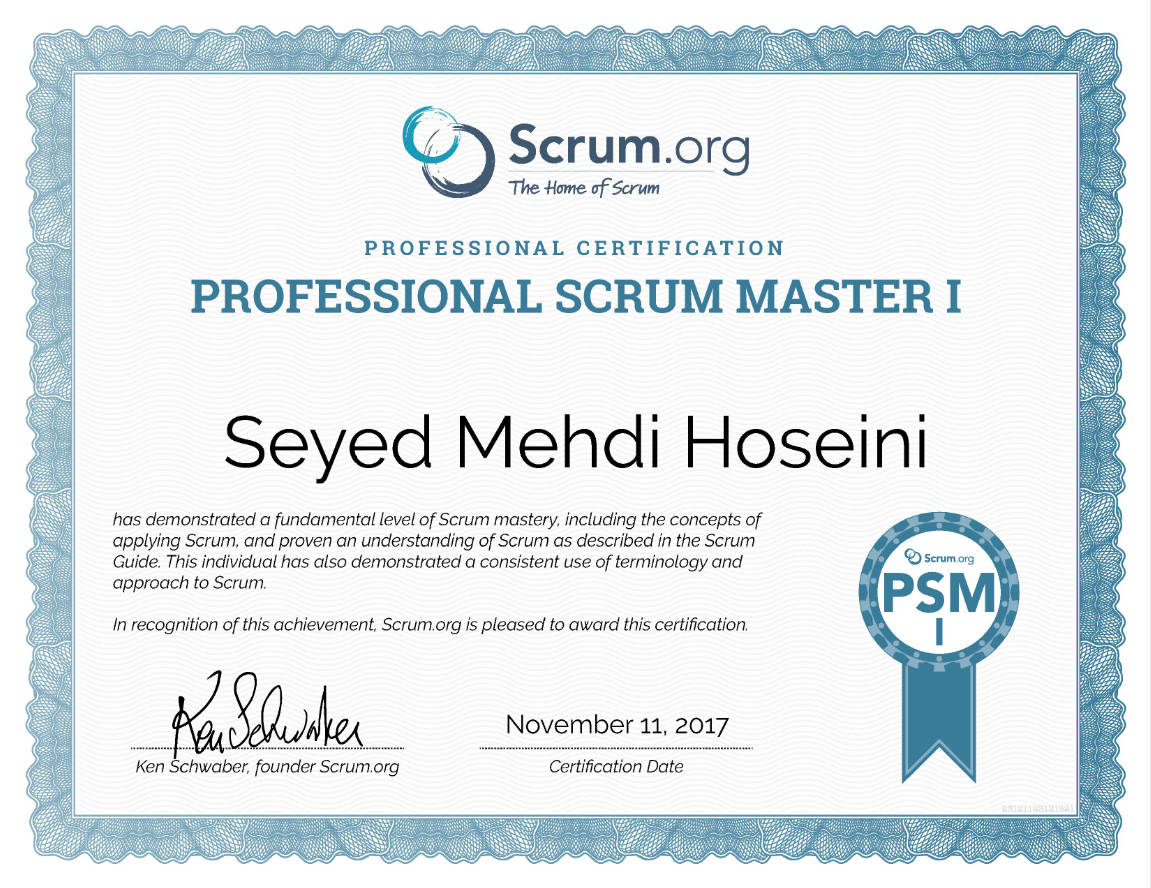PSM II certification holders best know underlying principles of Scrum for example effective self-organization. You can deeply understand it here.
Effective self-organization requires three things: shared goals, clear accountabilities, and boundaries. Without having each of them, self-organization cannot get flourished and be effective.
Shared Goals
In Scrum, a shared goal shows itself through Sprint Goal. A Sprint Goal brings cohesion to the team. Indeed, it is a powerful mechanism for the Development Team to negotiate about the work scope with the Product Owner throughout the Sprint. They need something toward which they can strive and stretch, and an achievement against which they can measure themselves.
Shared goals usually start with the goals for the product, expressed in terms of a clearly articulated business strategy, a well-defined product vision, a clear understanding of customer value, and a clear way to measure it. All of these aspects provide guidance that helps teams see where they are headed and what is important.
The Sprint Goal is also important and provides a comprehensive purpose or objective for the Scrum Team while conducting the Sprint. It provides focus as the team uncovers new information and encounters challenges while building the Increment during the Sprint. You can look at Sprint Goals as the waypoints that make up the path to meet bigger, longer-term release or business goals.
Like soccer game that all players try and help each other to hit goals, Sprint Goals bring an opportunity for the team to collaborate together to hit the business goals. Finally, Sprint Goals align the Development Team members and motivate them to help each other and work toward shared objectives.
Clear Accountability
As we know, Scrum defines only three roles for a Scrum Team (Product Owner, Scrum Master, and Development Team). These three roles bring clear accountability for having effective self-organization. It provides clear accountabilities for each role. The organization must respect these accountabilities. This means ensuring Scrum Team members are given the authority to fulfill their roles. Team members also need the knowledge and skills to fulfill their accountabilities. This may require an investment in knowledge transfer and training. It may also mean giving people access to information to help guide decisions.
Boundaries
The Scrum Framework, including its 11 elements and the rules that bind them together, provides boundaries that make it “safe” for the Scrum Team to self-organize. By “safe,” we mean that the risk of failure is reduced and the cost of failure is limited.
Time-boxes in Scrum are an example of boundaries that provide focus, create a sense of urgency, reduce waste, and limit risk. Consider how the use of time-boxes is providing these benefits to the team or where their benefits may be lacking.
A “Done” Increment is required at least by the end of a Sprint, and a definition of “Done” provides a clear boundary of what quality and completeness mean to a Development Team. Note that an organization may have a minimum baseline definition of “Done”—this is an example of the organization setting the minimal boundary that a Development Team can then build upon.
Conclusion
To sum up, if you want to have and experience high-level self-organization, you should deliberately work to enhance and boost the three above-mentioned factors. Work with your team members to be comfortable with goals and learn how to live with shared goals. Motivate team players to embrace their accountabilities, improve themselves regarding their roles, and even help their teammates to get more capable about their accountabilities. Finally, teach the team to work on the edge of their potentials within the boundaries. All these will bring effective self-organization that everybody dreams to be part of such teams.
References:
Mastering Professional Scrum by Stephanie Ockerman, Simon Reindl




